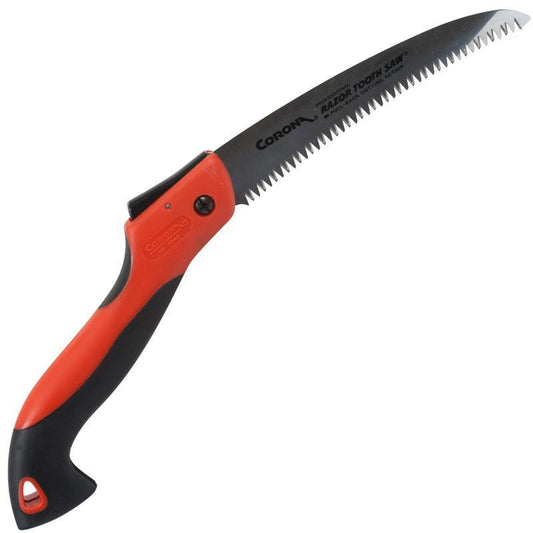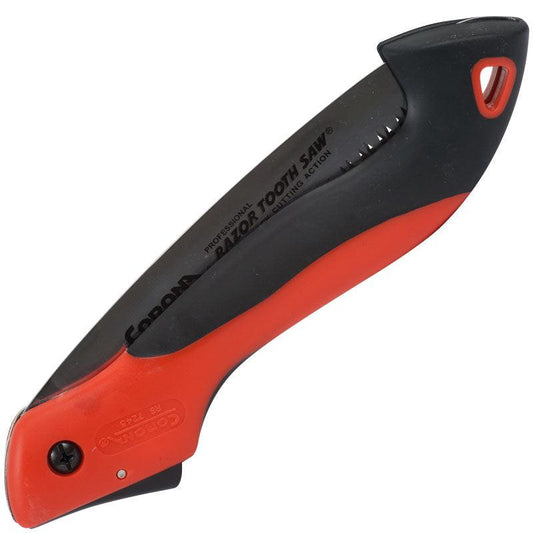In this video, Tricia will teach you how to prune apple and pear trees using the central leader training system.
Pruning Fruit Trees Using the Central Leader Training System
Pruning is a crucial task during the dormant season to ensure your fruit trees grow healthy and productive. Today, we’ll explore how to prune fruit trees using the central leader training system, ideal for fruits like apples, pears, and Asian pears.
Understanding Training Systems
There are three main fruit tree training systems:
- Open Vase: Wide and short, best for peaches and nectarines.
- Central Leader: Tall and thin, suitable for dwarf apples, apples, and pears. It takes up less space, making it perfect for narrow areas.
- Modified Central Leader: A hybrid of the two, ideal for persimmons, cherries, and apricots.
Central leader trees are shaped like cones or Christmas trees, with one upright trunk and scaffold branches. However, this system isn’t ideal for high-wind or fire blight-prone areas.
Steps to Prune Using the Central Leader System
-
Choose a Strong Leader
Select the strongest, upright shoot to serve as the central leader. Prune any competing shoots to maintain focus on the leader. -
Select and Label Scaffold Branches
Identify scaffold branches spaced 18-24 inches from the ground with angles of 45-60 degrees. Ensure branches are evenly spaced in different quadrants and separated vertically by 8-10 inches. Use spreaders for branches with narrow angles. -
Prune Non-Scaffold Branches
Remove competing branches with thinning cuts close to the branch collar without damaging it. -
Head Back Branches
Shorten scaffolds to outward-facing buds and the leader to 20 inches above the highest scaffold. This encourages better branching. -
Spread Branches as Needed
Use clothespins for small branches and burlap slings with weights for larger ones to achieve desired angles.
The End Goal
A well-pruned central leader tree should have four tiers of four scaffold branches each, forming a pyramid shape. The top tiers should be shorter than the lower ones for an even, balanced structure.
Pruning your trees ensures healthier growth, better fruit yield, and a long life for your orchard. Train your fruit trees now, and enjoy the rewards of a bountiful harvest.
📚 Resource Area: Pear Tree Care & Pruning Support
To support your efforts in training and maintaining pear trees using the central leader pruning system, these trusted resources from GrowOrganic.com provide essential guidance on everything from pruning timing and disease prevention to variety selection and long-term tree care:
- 🍐 Guide to Pear Tree Varieties: Understanding Asian and European Pears
Learn which pear varieties are best suited to your growing region and pruning goals, including disease-resistant types ideal for central leader training. - ✂️ Pear Blight Disease: Prevention and Control Tips
Understand how to prevent fire blight—a major risk for pears trained with a central leader—and apply safe pruning techniques to protect your trees. - 🌳 The Life Cycle of an Asian Pear Tree: Tips for Each Growth Stage
Use this guide to align your pruning and training techniques with the tree’s seasonal development, maximizing health and productivity. - 🧺 Harvesting Pears: When and How to Pick for Perfect Ripeness
Ensure your central leader-pruned trees deliver high-quality fruit by learning the signs of optimal harvest time and proper picking methods. - 🛒 Pear Trees for Sale – Browse Disease-Resistant and High-Yielding Varieties
Find robust pear tree cultivars—ideal for central leader training—in a variety of sizes and types, including those known for fire blight resistance and superior yield.




